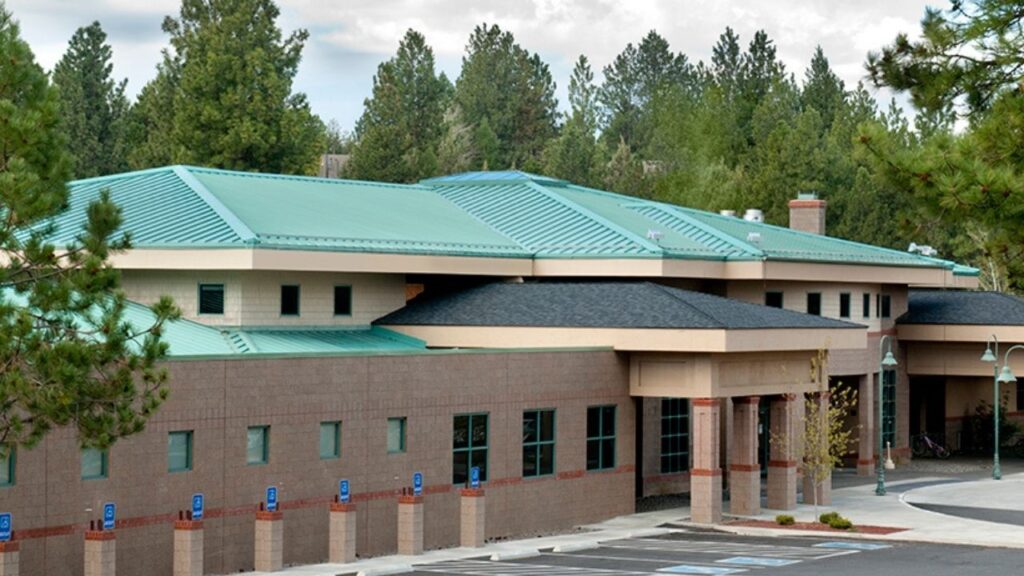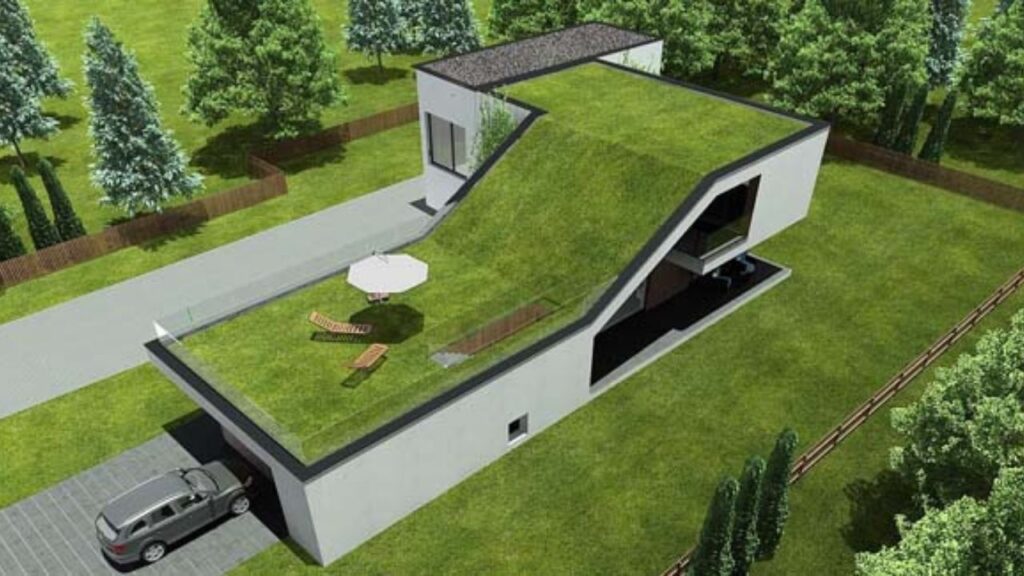Types of Roofing Materials For Commercial Building
One of the most important features of your building is your roof, because it provides support and sustenance for the entire foundation of the building. It is vital to maintain the roof that you have and assess whether or not you will need a new one. Perhaps, you might be able to feel the heat on the concrete outside of your window in your office, or you’re able to feel the moisture that comes from the wall or ceiling. Now, then, it might be a good time to look for a new roof.

As you look for a new roof, one crucial aspect to think about is the overall condition of the building. Other crucial factors include the durability of the roof, energy efficiency, and weather conditions that are typical for the area in which you live.
With each type of roof, there will be both advantages and disadvantages and it will be quite difficult to decide because there are so many options readily available.
What To Consider When Purchasing New Commercial Roofs
Energy, Cost, and Durability
Energy Efficiency has become a very popular buzzword for a long time, and numerous municipalities and cities have implemented policies that encourage energy efficiency.
The cost is a very important consideration. While some systems require less money to install, it is important to not sacrifice on efficiency or durability just to save a little bit of money.
Finally, a properly installed and maintained commercial roofing system will last between a decade and 50 years. The weather conditions of a place may affect the durability of the roof, as well as other factors.
5 Types of Commercial Roofing
1. Metal Roofing
With a lifespan of 40-60 years, metal roofing is a very common roof type that is on numerous buildings, It comes with many diverse types of materials, including aluminum, tin, zinc, copper, coated or stainless steel, and corrugated galvanized steel.
Metal roofing tends to have a very attractive and finished appearance and possess a high fire-resistance rating; however, it can be weak and easily corrode.
2. Green Roof
Green roofs are a popular choice and can last between 30 to 50 years. The roof includes a durable impermeable membrane that is completely covered up by greenery. As sustainable works of art, these roofs provide a green place that helps employees rest and relax. Besides, the green roof has the advantage of sophisticated drainage management, as well as climate control. On the other hand, green roofs must undergo routine maintenance and be monitored closely.
3. Built-up Roofing Membrane
Built-up roofing has a durability of over 20 years. It consists of layers of tar and gravel. As an inexpensive solution, it can be easy to repair this type of roof. With its UV-resistance and stable understructure, it is an effective solution. However, the one downside is that BUR tends to have the shortest lifespan of most commercial roofing structures.
4. Thermoplastic PVC and TPO Roof Membranes
Thermoplastic Polyolefin (TPO) and Polyvinyl Chloride (PVC) roofing systems are resistant to the elements of nature. They are resistant to chemicals, and bacterial growth, and UV light,. This type of surface is lightweight, puncture-resistant, and heat reflective. One disadvantage is that this type of material is produced with different levels of quality depending on the manufacturer. Don’t go for the less expensive products that are not well made. Instead, make sure to buy the material from a high-quality manufacturer.
5. Shingles
Shingles are typically used on the roofs of residential buildings. However, they have also been seen on commercial buildings. They are made of many different kinds of materials, including slate, plastic, ceramic, asphalt, among others. This type of material is affordable, convenient to install, and can be used in many different venues. On the other hand, shingles don’t have a long lifespan and can be susceptible to moss or mildew if the building is in an area that doesn’t get a lot of sunshine, such as under a tree or in the woods.
Process To Get Roofing Cost Estimate Report
Here I am going to share some steps to get your Roofing cost estimate report.
-
You need to send your plan to us.
You can send us your plan on info@estimatorflorida.com
-
You receive a quote for your project.
Before starting your project, we send you a quote for your service. That quote will have detailed information about your project. Here you will get information about the size, difficulty, complexity and bid date when determining pricing.
-
Get Estimate Report
We do Roofing cost estimating and prepare a detailed report for your project. At last you finalize the report and finish the project.



